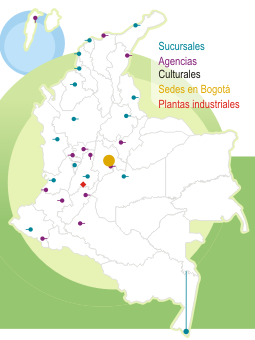Essays on Economic Policy (ESPE in Spanish) - The Balassa-Samuelson Hypothesis and Elderly Migration
In the journal Essays on Economic Policy (ESPE) - we disclose the results and policy proposals that arise from academic research carried out at the Banco de la República. When you read us, always keep in mind that the content of our articles, as well as the analyzes and conclusions derived from them, are the sole responsibility of their authors. The material disclosed in our ESPE magazine does not compromise or represent the opinion of Banco de la República or that of its Board of Directors.
Abstract
We present a model with two Overlapping Generations (young and old) and two final goods: a) a tradable good that is produced using capital and labor, and b) a non-tradable good that is produced using labor as unique input. We maintain the fundamental assumption of perfect factor mobility between sectors so the model is consistent with the Balassa-Samuelson hypothesis. On top of this, we allow for one of the two generations (the elderly) to migrate between economies. Given the general equilibrium structure of our model, we can examine the effect of the propensity to save on migration and the relative price of the non-tradable good. In this setting, we find that the elderly have incentives to migrate from economies where productivity is high to economies with low productivity because of the lower cost of living (in more general terms, the elderly migrate from wealthy countries to countries with lower incomes). We also find that, for countries with lower incomes, elderly migration has a positive effect on wages and capital accumulation.

































































